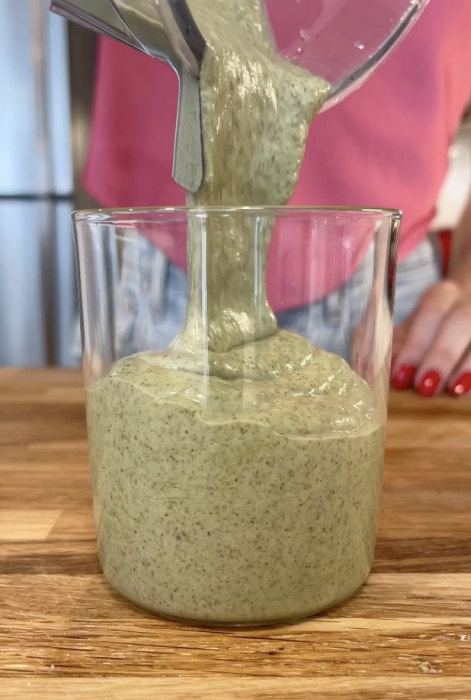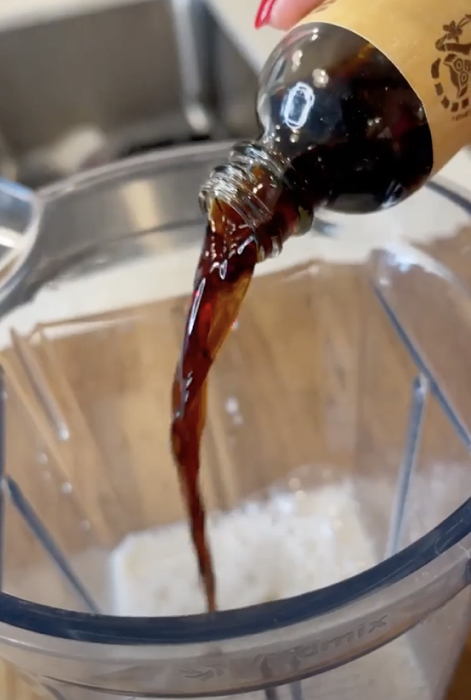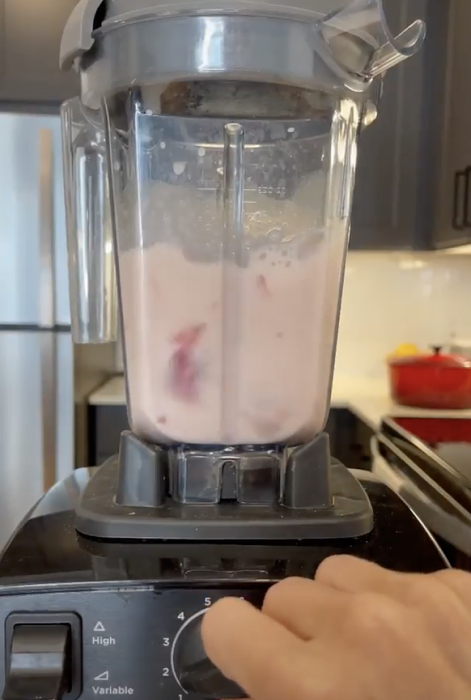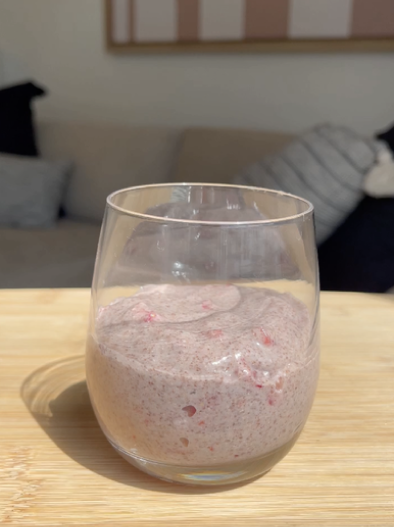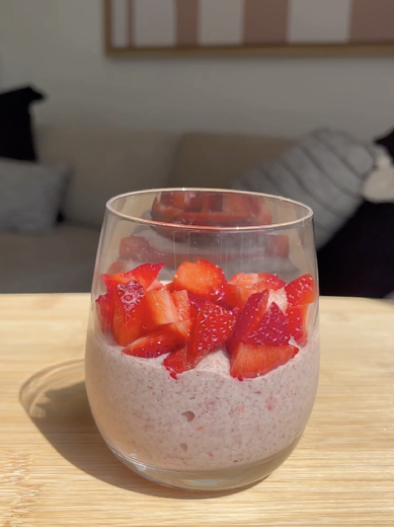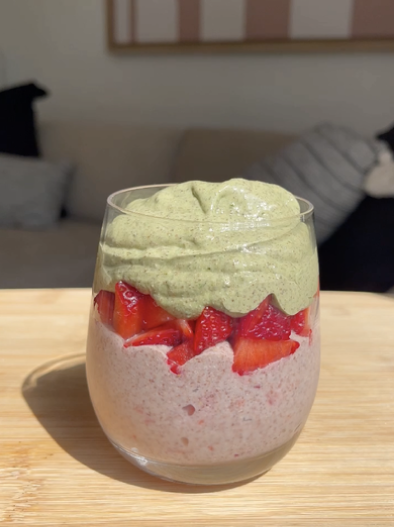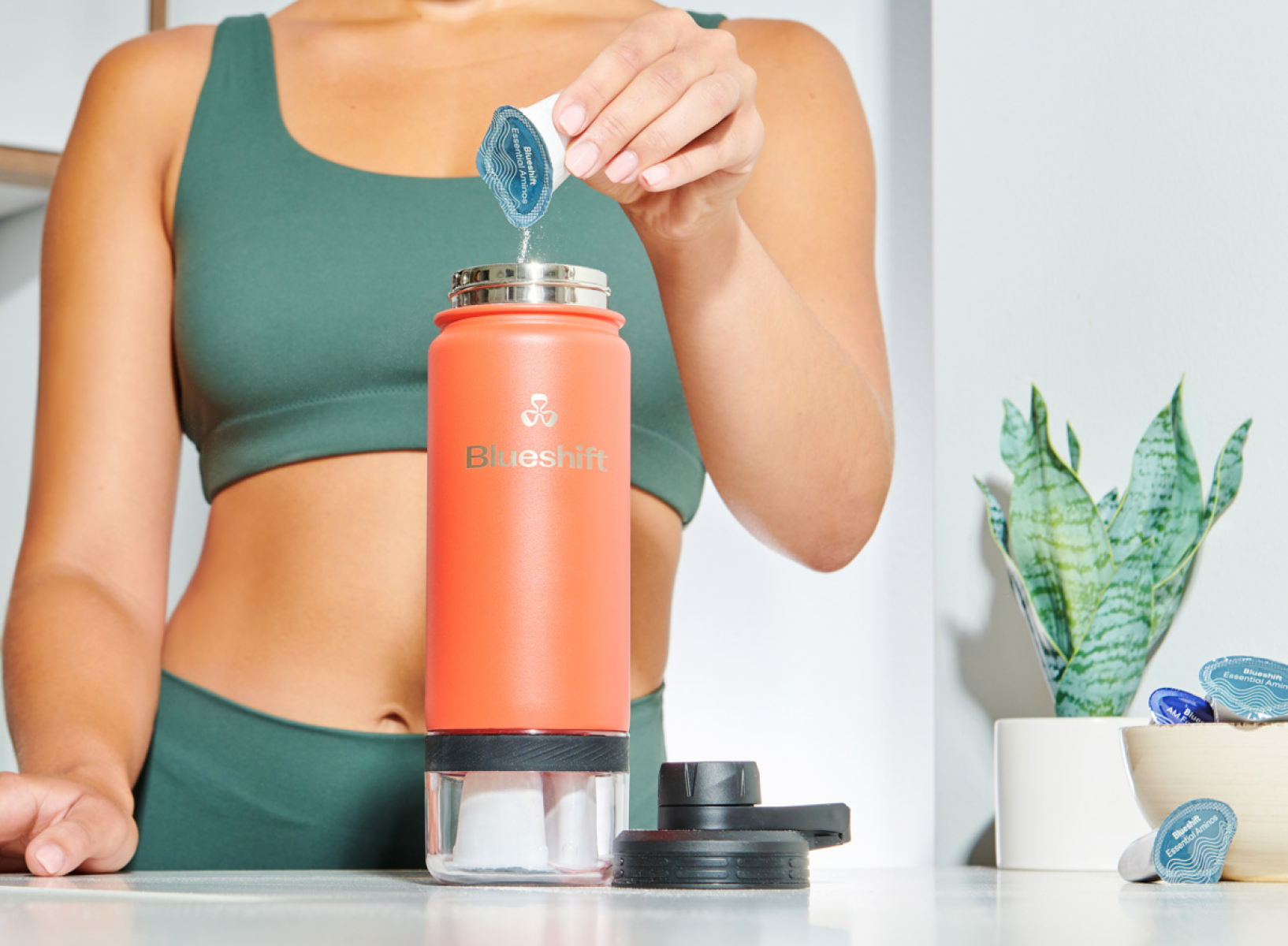Want to make a change? You’ll need to form a habit.
Good habits, bad habits, helpful or harmful—regardless of their nature, all habits are built as a result of the habit loop.
The habit loop is a simple framework that explains how we form and change our habits. It consists of three parts: the cue, the routine, and the reward.
The Cue
The cue is the trigger that initiates a habit. It could be anything from a particular time of day to a specific location or event. Cues can be internal or external: for example, if you always take your dog for a walk before you eat breakfast, your hunger cues in the morning may also function as an internal cue to walk the dog. If you take a little longer than usual eating your breakfast, your dog might start to bark. This is an external cue that it’s time to take her for a walk.
When you’re first creating a habit, external cues can help you stay accountable.
Pro tip: if you’re having trouble getting in enough movement every day, turn on your notifications for XPASS. If you’re stationary for a little too long, your step reminders will serve as an external cue for you to get up and take a walk. Don’t just dismiss the notifications, though! If you make a habit of walking around (even for just a minute or two!) every time you get a step reminder, you’ll start to build the habit of getting in more daily movement.
The Routine
Here comes the hard part: actually doing the work. The routine is the behavior or action that you perform in response to the cue, also known as the actual habit itself. This is when you get your steps in, walk your dog, eat a snack…whatever your habit is, this part of the habit is all action.
The Reward
If you’ve ever tried to make a positive change in your life, like eating healthier or working out more, or tried to remove something negative from your routine, like smoking or biting your nails, you may have fallen back into your old habits because you didn’t have a reward.
The reward is the positive outcome that you receive as a result of the routine. It's what reinforces the habit and makes it more likely that you'll repeat it again and again. Like cues, rewards can be internal or external. Going for daily walks might boost your serotonin and endorphins, giving you that happy feeling that you look forward to. If that’s not enough to keep up with your routine, you may need to introduce external rewards. Maybe you make a habit of making a delicious protein shake after every walk as a reward. Your craving for that protein shake will help motivate you to keep up with your routine.
XPASS has these incentives built in, too. Streaks, points, free fitness classes, and the potential to win big prizes serve as rewards that motivate you to keep up with your daily movement. We’ve got your cues and your rewards covered: all that’s left for you to do is keep up with your walking routine!
The habit loop is a continuous cycle. The reward reinforces the routine, which makes it more likely that you'll perform the routine again in response to the cue. Over time, this repetition solidifies the habit and makes it more automatic. Over time and with the help of XPASS and a basic knowledge of the habit loop, getting in your daily movement will start to feel less like a chore and more like second nature.
Want to create more healthy habits?
Eating better, sleeping better, unplugging more frequently…whatever healthy habit you’re looking to build, the habit loop can help you do it. Here are some more examples of how to implement the habit loop into your daily routine to help you live a healthier, happier life.
If you want to drink more water:
Cues to try: Drink water around specific times of day, such as when you first wake up, every time you eat a meal, or every time you get up to go to the bathroom. Keeping a water bottle by your desk to serve as a physical reminder is helpful, too!
Rewards to try: After one week of hitting your water goal, buy yourself a fancy new water bottle! At two weeks, pick up some flavor packets to sweeten your drink. Apart from feeling nice and hydrated, there won’t be many internal rewards for this habit, so setting up an external reward system will be essential in staying consistent.
If you want to eat more fruits and vegetables:
Cues to try: Hunger cues are the most obvious internal cues to prompt the habit of grabbing some fruits or veggies for a snack. Pair those hunger cues with an external cue, like a specific time of day that you have your healthy snack. If you usually get peckish in the afternoons, pick a specific time and set a recurring calendar event to make that fruit and veggie snack time. Be sure to keep plenty of fruits and veggies prepped and ready to grab so this habit will be easy to execute on.
Rewards to try: The reward could be feeling satisfied and energized, but if that’s not enough, pick up a bag of mini candy bars, your favorite gum, or some other sweet treat. Just like when you were a kid, only let yourself have dessert once you’ve finished your vegetables!
If you want to get more sleep at night:
Cues to try: For the next week, as soon as you feel tired at night, start getting ready for bed instead of zoning out on the couch or pushing through to the end of whatever episode you’re streaming. Getting back in touch with your tiredness cues is essential for setting up better bedtime habits. If you’re having trouble, set a recurring bedtime alarm on your phone—and a 15 minute warning alarm to go off right before it. This way, you’ll know when it’s time to start winding down whatever activity that’s in front of you.
Rewards to try: If you need an external reward, a new pair of jammies, a new bedtime tea, or a book to read before bed could all make great rewards. That said, feeling rested and alert the next day just might be enough to maintain your sleep habits after a while!


